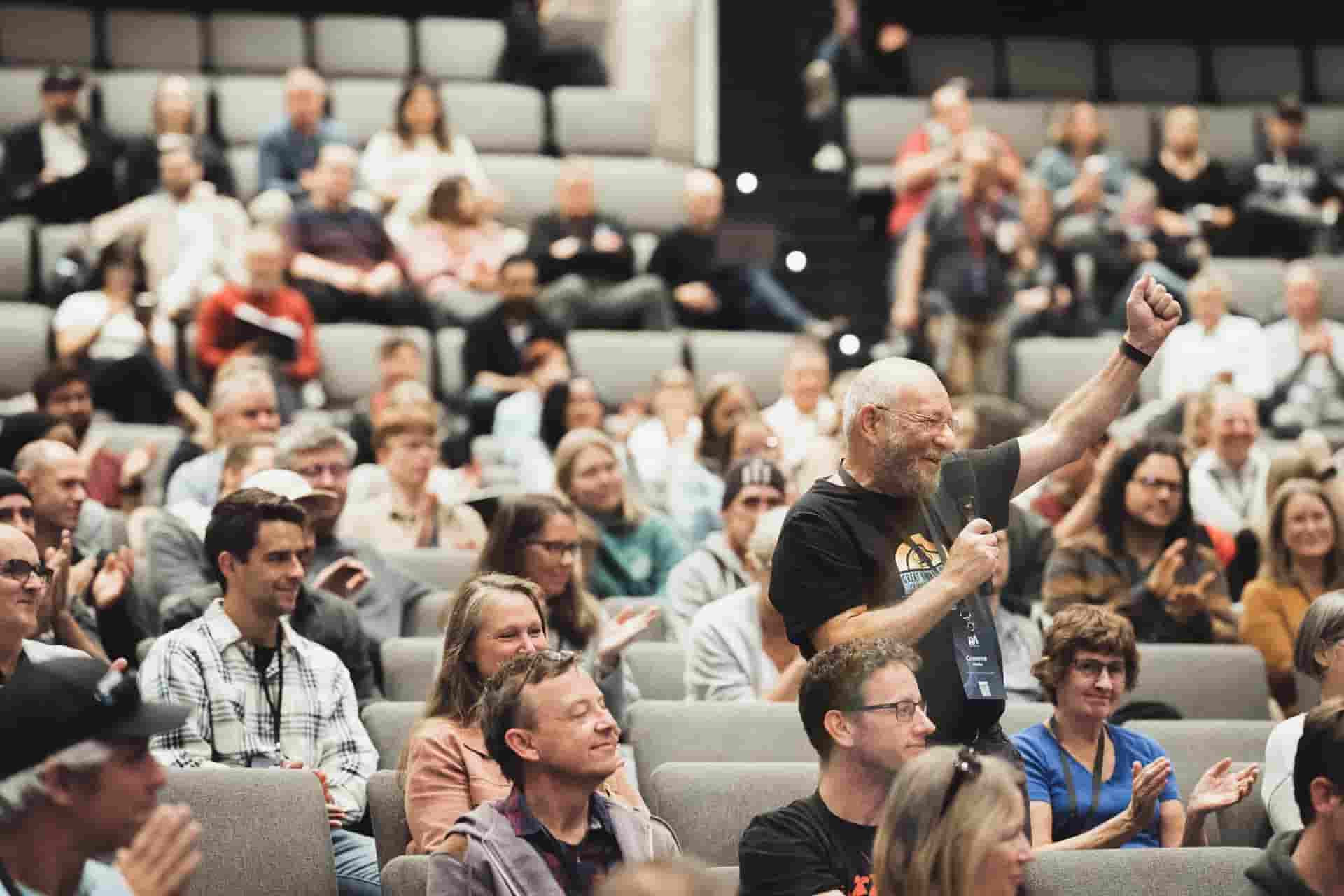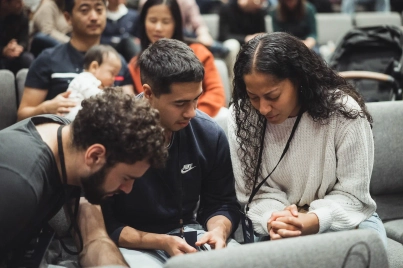As an Australian church network we need to have deep theological rigour with practical application. After the Reach Australia’s National Conference this year, we’ve asked church teams to reflect on what they’re doing to stay deep in the word as they implement the change they desire to see in their local contexts. We hope you find this a helpful and encouraging read of what God is doing across some churches in our country.
Stromlo Christian Church, Canberra

Paul Owens (Senior Pastor)
Problem
We’ve got a distinct lack of mission heat across church. We’ve had five non-church people come to evangelistic courses in the past two years, nowhere near as many as we ought to be getting. We’re a church of a size (about 345 people) that we should be able to get 8-10 people along to those courses. I think the underlying issue is no sense of urgency about the realities of heaven and hell.
Strategy
We’re driving towards seeing change in the hearts of our people by preaching about the realities of heaven and hell and by praying for Canberra. We’re planning our evangelistic calendar and driving towards people being active in mission. We’ve been looking for small gains for big results, like celebrating stories of people who’ve invited friends along to our Life Course. It builds confidence for people to invite their friends along.
Results
We’re about to do a staff planning day where we’ll do a review of what we’re currently doing well, what’s not happening well enough, and then set some targets to keep each other accountable. I’m thinking we might aim and pray towards seeing five people come to faith next year.
Key takeaway
There isn’t one silver bullet. There’s a whole range of things we can be doing that are not hard to shift the dial and change the culture as a church.
St Thomas' Anglican Church, North Sydney
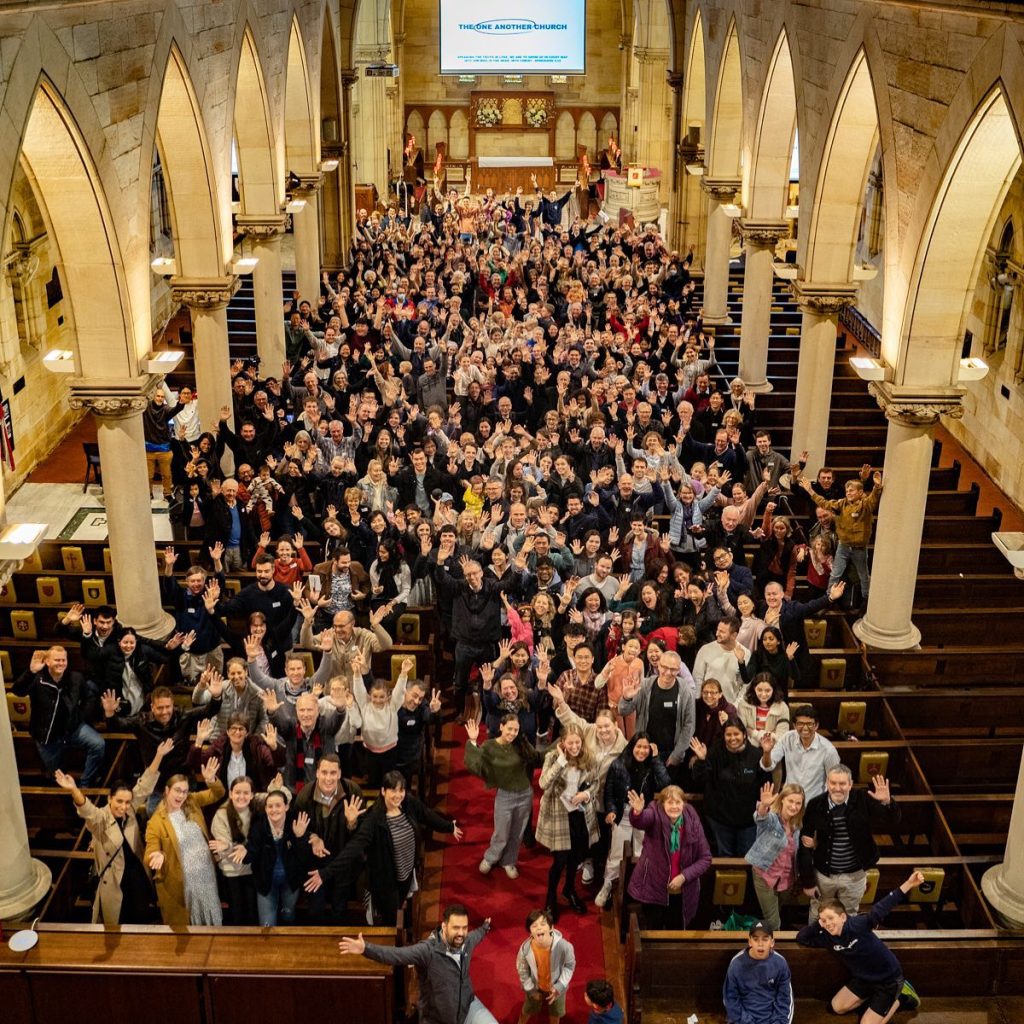
Ling Shooter (Serving Minister)
Problem
Last year our stats told us that 44% of our Bible study members were serving in some kind of ministry across church. Without centralising ministry needs, the same faithful people were being asked to serve in multiple roles which was felt by the congregation as a problem.
Strategy
I reached out to a local church to learn how they structure their serving processes (e.g. how they recruit and deploy) and started fortnightly meetings with the ministry staff team. This is where we as a ministry team collaborate over our urgent serving needs, as well as consider next steps for those already in our ministry department. I’ve also made changes to how I ask people to serve at church. This involves two things – starting my serve chats with Biblical convictions rather than pure ministry needs, as well as giving space for the rest of the ministry team to have serve chats with people that they already have relationships with.
Results
Our aim is to grow the number of people serving at church to 60%. So far, people have been thankful that the process to start serving is clearer. We held a vision setting day where it was evident that serving one another as Christ served us is on the hearts of our congregation members.
Key takeaway
Join the network and be humble in asking for help! National Conference this year gave me a bevy of strategies to mull over and implement, and provided me with others in my field to contact. I don’t have to re-invent the wheel in mobilising our church into service, but my ministry has hugely benefited from those who have gone before me and have been generous in sharing their wisdom and experience.
Village Church Annandale, Sydney
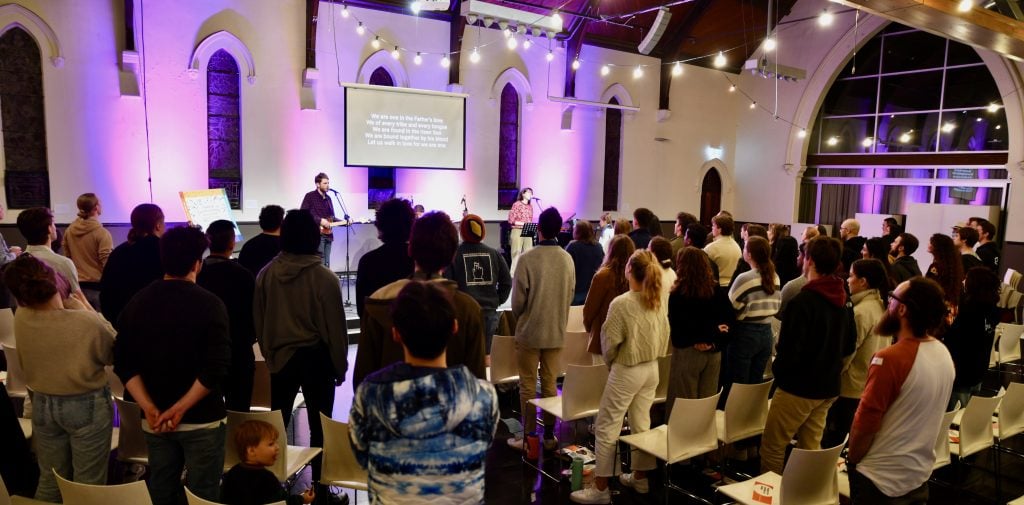
Toby Macgregor (Assistant Minister)
Problem
Our volunteer teams haven’t been empowered to come up with ideas, take risks and creatively shape ministry. They’ve mostly been executing plans created by staff members, and on top of that our process for getting ideas approved and off the ground is lengthy. This conversation was helpfully prompted through this year’s National Conference at Southside Presbyterian Church’s Under the Hood seminar.
Strategy
We’re starting by reworking the template for our role descriptions. They’ll more clearly communicate how each team contributes to seeing the vision of the church realised. We want to better articulate what a team can do without express permission from a staff member. We’ll be scheduling regular meetings for teams to brainstorm ways they can creatively achieve the goals of their ministry area. Team leaders will have a better understanding of their role in encouraging and empowering their team members.
Results
Across the next 12 months we want to see five teams create and run a ministry initiative that is led by the team, rather than be staff driven. All our role descriptions will be re-written halfway through September and rolled out across September/October.
Key takeaway
The biggest blockage in achieving this is our staff team. We’ll instinctively be overly cautious and restrictive, rather than setting our teams up to have a go. We know this approach will be messier than if our teams just did exactly what the staff team wanted, but we’re convinced that by empowering each team to shape their ministry, we’ll see more joyful and fruitful ministry that will lead to God’s glory and kingdom growth.
Baranduda Community Church
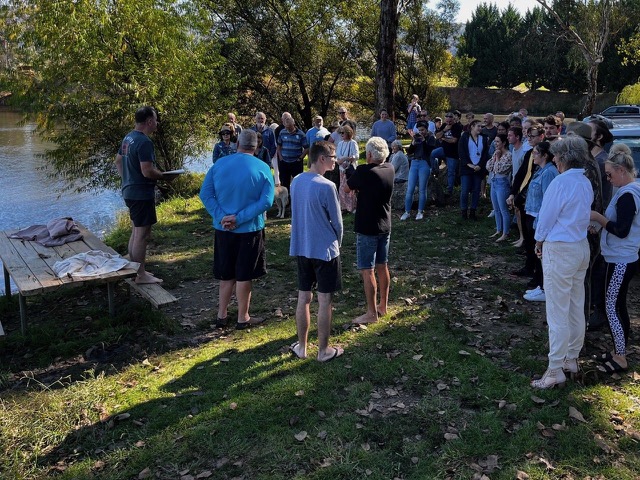
Chris Barnes (Senior Pastor)
Problem
We don’t have a deliberate care structure – it’s been ad hoc. We’re a small church that’s now a medium sized church (we’ve gone from 40 to 100 people after Covid) and possibly launching another congregation, so it’s something we need to think about. It was an assumption that care was happening within growth group structures, but during National Conference I looked at our growth group leader role descriptions and no member care was mentioned. There’s been no thought into how we are equipping our members to care for other members, and we see in scripture that it’s the body caring for the body. That’s what we want to see.
Strategy
Our associate pastor and I have met twice to describe where our situation is at now and where we’d like it to be using a Now, Where, How tool. He’s putting together a proposal in the next few weeks on what care should look like in our church and how we can equip people. Then we’re going to communicate that to the church.
Results
The greatest thing we’re after is clarity. Clarity about the process and where you get care. We also want to set up a group of people beyond our growth groups who can make sure care is happening for people whose needs are beyond what a growth group can care for.
Key takeaway
The Now, Where, How analysis is such a helpful, simple tool. It’s not always easy because you don’t like what you’re seeing or perhaps you don’t want to face what is true. You don’t just do it once, you keep coming back to it. Describe your ‘now’ really clearly and then think about what you’d like it to be. Then just start working on it.
Resources
Now, Where, How vision, process and worksheet
2min video on using Now, Where, How
Now, Where, How Planning Tool on The One Thing podcast

